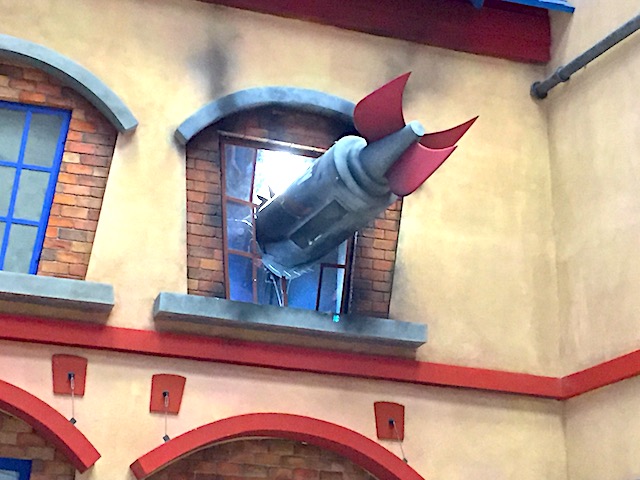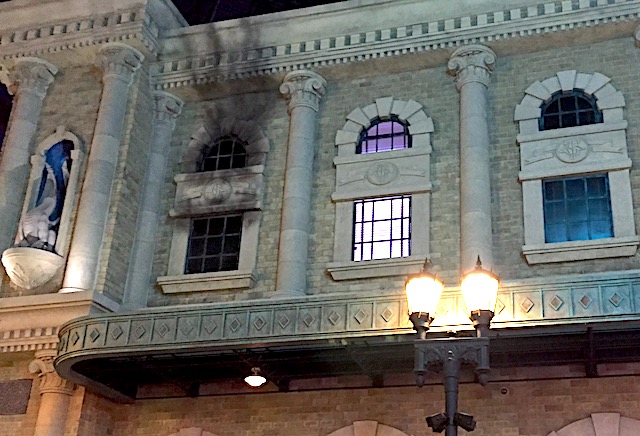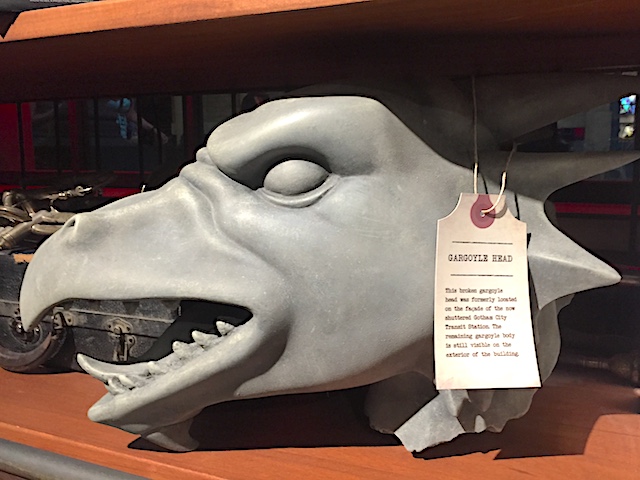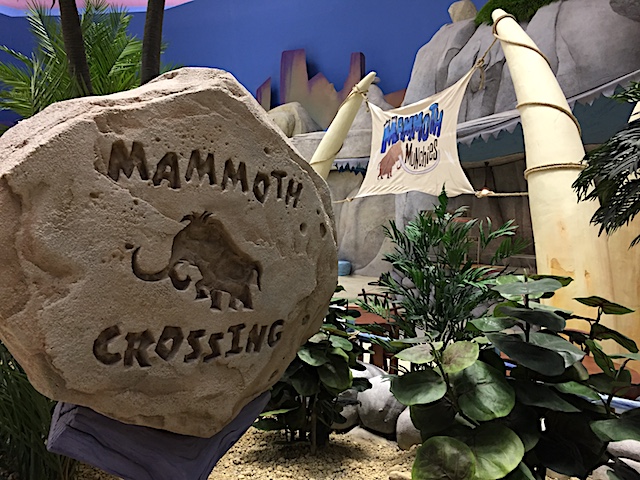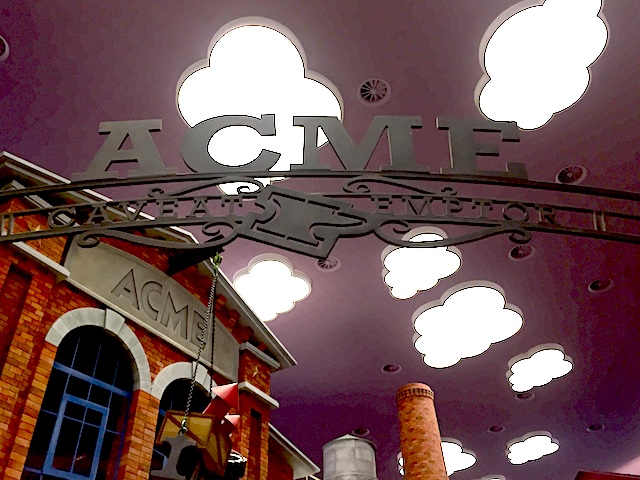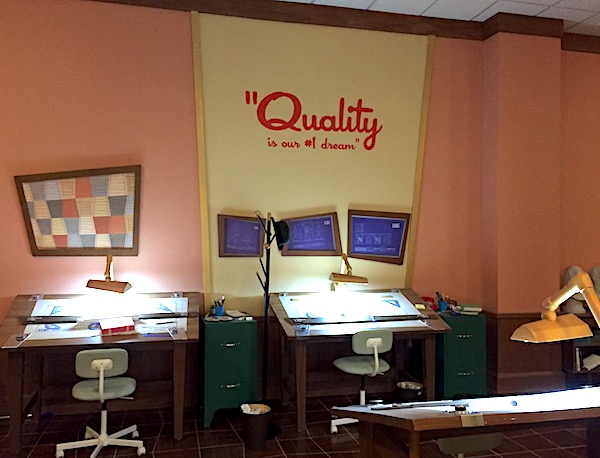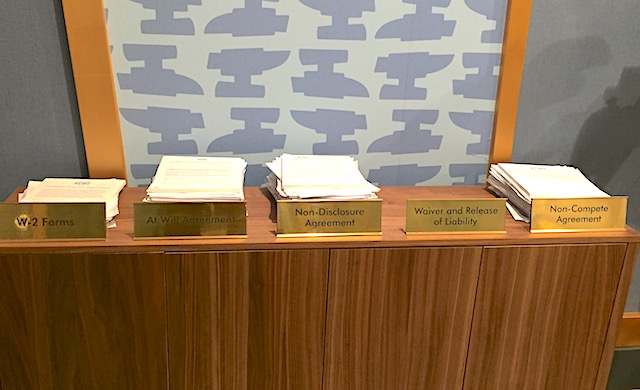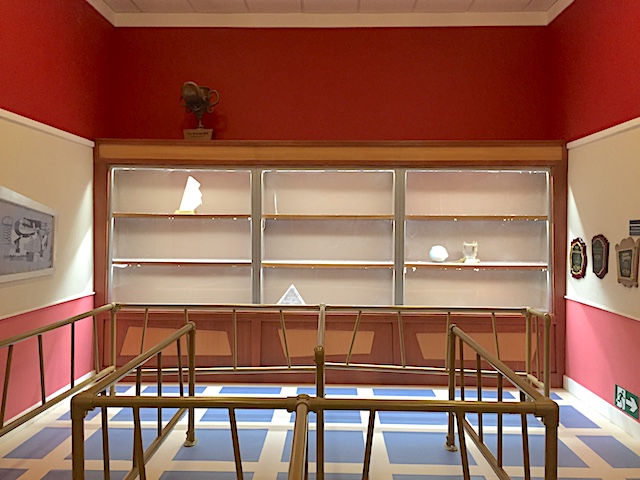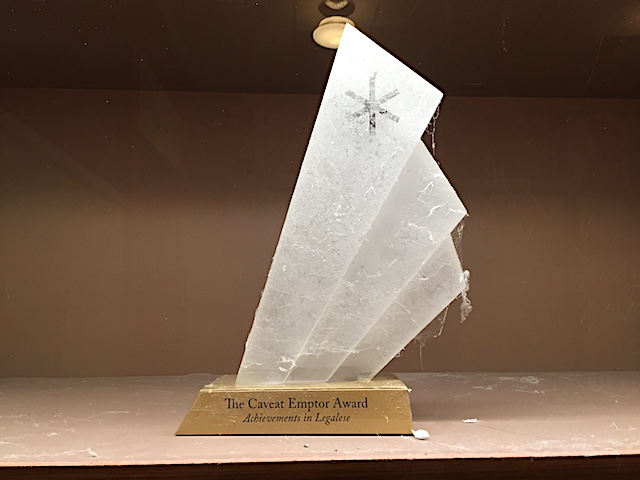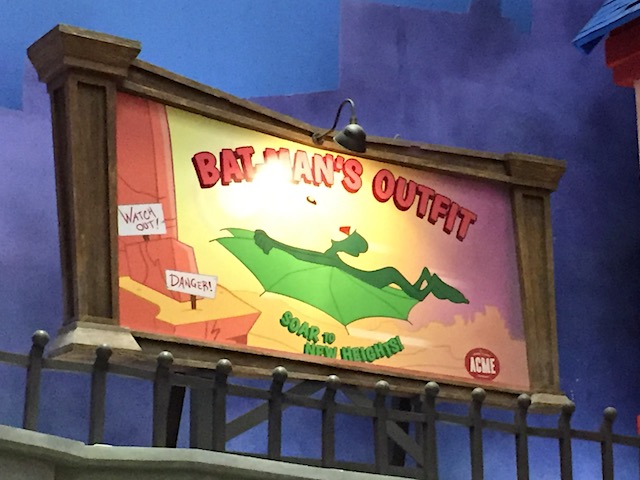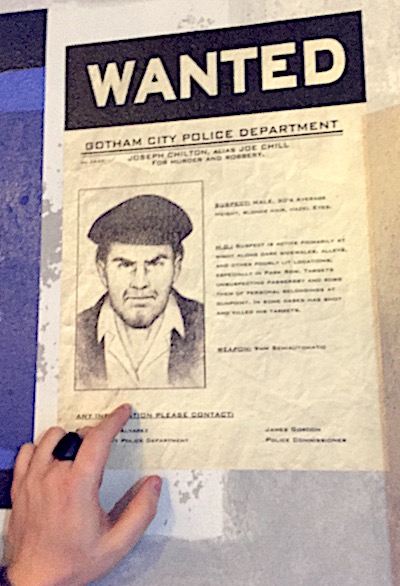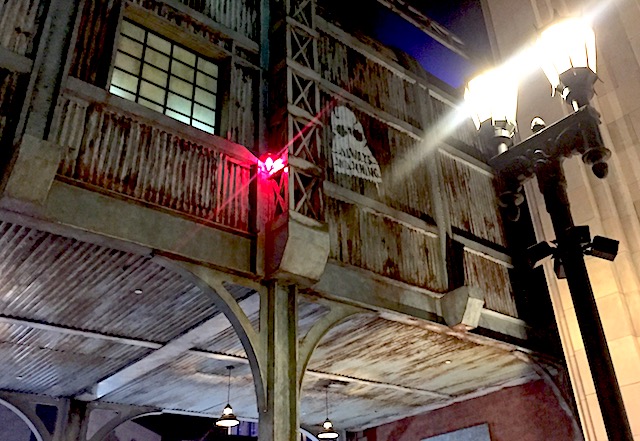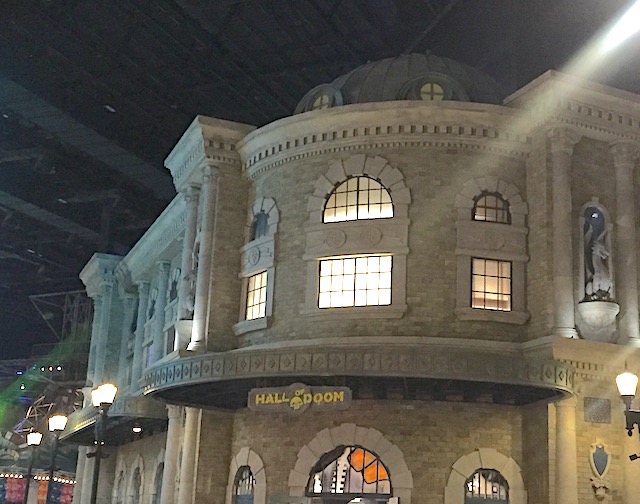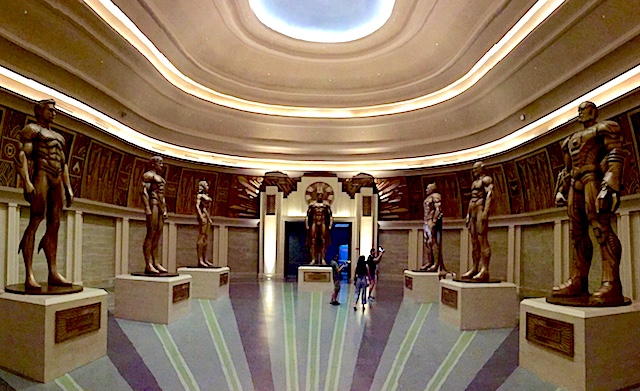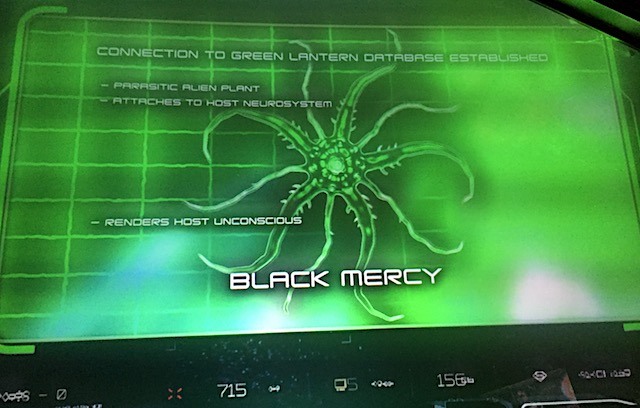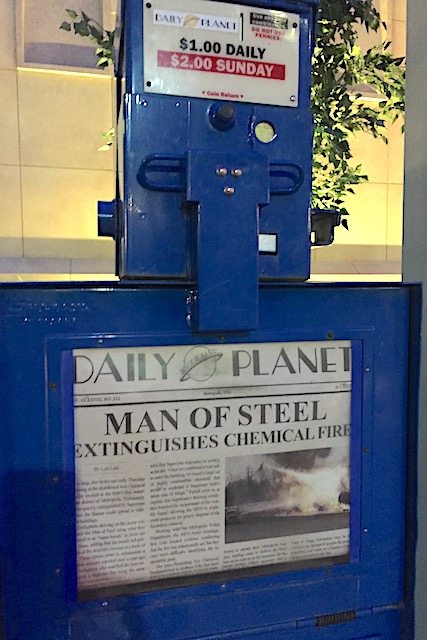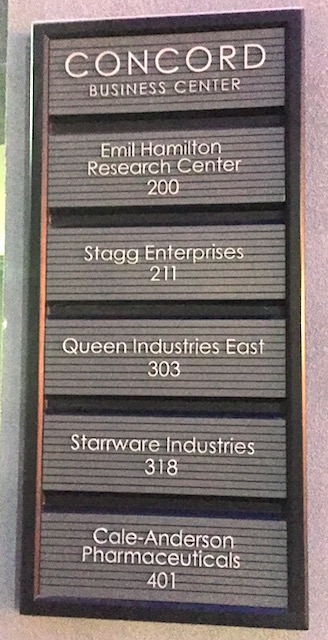The first part of this series looked at the connection between video game design and dark ride attraction design through the lens of one particular game that offered an innovative perspective to both media. This week’s essay will look at a second innovative game, this time compared to the design of an entire themed environment.
That game is The Witness, released in 2016 by Thekla, Inc. The Witness is designed as a (very) philosophical successor of Myst, in which players must solve a series of puzzles scattered throughout an abandoned island to investigate the mysteries of the island. The answers turn out to be more existential than literal.

Just like when designing for a theme park, Thekla, Inc. employed both structural architects and landscape architects to ensure the buildings and environments across the island felt credible as physical spaces, even if the impressionistic art style and unusual purpose of the island contribute to an overall dreamlike experience. The game begins as the player wakes in a long corridor. At the end is a door locked by a simple puzzle. Absent any direction or instructions, players solve a series of such puzzles, each adding a slightly new layer of complexity, until they emerge outside on the island, staring up at a gigantic basalt column mountain crowned by a geometric sculpture in the far distance. In just these few minutes, players understand how the game functions and what their ultimate objective is. They now have the tools they’ll need to eventually solve puzzles of brain-melting complexity… all without a single word.
I quickly came to regard The Witness as a masterwork of experience design, even though it takes place entirely within digital space. That introduction to the game, for example, uses many of the same techniques you may find at Disneyland, from the dark compression point of the arrival tunnel to the reveal of the large icon in the distance that urges you to continue moving forward.

In fact, the entire island is not too dissimilar from a theme park. The layout of the open world is labyrinthine, yet I was able to navigate it intuitively thanks to the careful way every pathway choice is designed with clear visual cues, rendering wayfinding signage unnecessary. The island is surprisingly small compared to other open world games, yet it contains a huge diversity of distinct environments that make it feel much larger than it really is. So it is too with theme park design, which uses zoning to create a distinctive sense of place and discovery within the most economical footprint possible. The island doesn’t have separately themed lands, but the different biomes seem to capture an entire world across all four seasons within a compact space. Looking at a bird’s eye view of The Witness’s island, the approach can look patchwork and obviously unnatural, much like a theme park in satellite view. But from ground level each area uses color and form to feel cohesive, like walking into an impressionist painting. Sightlines are carefully controlled to ensure each environment feels singularly immersive without any conspicuous barriers between zones.

Attention to detail is paramount to The Witness. While the beginning puzzles seem to be isolated experiences, players will soon realize that the solutions extend out into the environment around them, hiding in plain sight and requiring players to become careful observers of detail. Most theme park fans will agree that what sets a world-class theme park apart is its attention to detail, and it’s here that The Witness becomes an essential learning tool for how to craft meaningful experiential details that tease at the history of a place or its hidden meaning in some truly inventive ways. A window creates a framing device to see a familiar landscape in a new way. Shadows or the reflection of the sun reveal hidden secrets. A broken tree branch suggests a mini-mystery that can only be solved by exploring the nearby environment. A pile of boulders reveals a hidden form if you just tilt your head. Few details are absolutely necessary to understanding the story’s narrative, but they do help color the softer elements of the story, such as mood and themes.

The details reward the player’s engagement with the story, even if that story is so abstract that nearly everything is subject to interpretation. This is the same way that the best themed environments tell their stories: through details that reward observation and allow visitors to imagine their own experiential stories depending on how deeply they want to explore their environment. I can’t count the number of times I saw a cool visual detail in The Witness and made note of how something similar could be done for a theme park.
There are, of course, a few elements of The Witness that absolutely could not be translated to a theme park experience. Foremost among these is the game’s omnipresent theme of loneliness. The island is completely devoid of all human and even animal life, an uncommented-upon fact that begins to weigh heavy over time, and it forces the player to reckon with existential questions regarding their own perspective on this island. Ultimately, this sense of loneliness is perhaps itself a clue to unraveling the full story; there’s a reason the game is called “The Witness.”
Obviously in a theme park you could never be completely alone, which makes this dimension of The Witness’s story uniquely specific to its gameplay medium. Yet as a theme park designer, recognizing this fact invites a challenge: while there are certain stories that I can’t easily tell using my medium, are there other stories of an equivalent depth and complexity that could only be told within my medium?
While it’s important for aspiring theme park designers to be fastidious students of the history and trends of theme park design, it’s just as important to look sideways into other artistic media, be it video games, theater, literature, cinema, installation art, or music. Theme parks utilize aspects of all of these forms, and creative inspiration is more likely to arrive laterally from places less expected. Be a student of all artforms, especially those that offer their own original take on their medium, such as these two games provide, and you might just be surprised at what you discover.
 I would start my day as almost anyone would, visiting the
I would start my day as almost anyone would, visiting the  Next comes New Orleans, Louisiana. As my hotel is in the French Quarter, I have the luxury of being in the heart of it all. Making my way through Royal Street to visit the antique shops and art galleries to kill time before the night festivities are always on the horizon.
Next comes New Orleans, Louisiana. As my hotel is in the French Quarter, I have the luxury of being in the heart of it all. Making my way through Royal Street to visit the antique shops and art galleries to kill time before the night festivities are always on the horizon.  Stopping by a local coffee shop nearby, grabbing a coffee myself and a Brigadeiro – that is, a bite-sized Brazilian dessert. It’s a reminder of a timbit in Canada, but somehow, more exciting. The moment coffee hit my system, I could feel the kick of the roast give me the energized kick I need to continue my exploration. To my luck, the
Stopping by a local coffee shop nearby, grabbing a coffee myself and a Brigadeiro – that is, a bite-sized Brazilian dessert. It’s a reminder of a timbit in Canada, but somehow, more exciting. The moment coffee hit my system, I could feel the kick of the roast give me the energized kick I need to continue my exploration. To my luck, the 